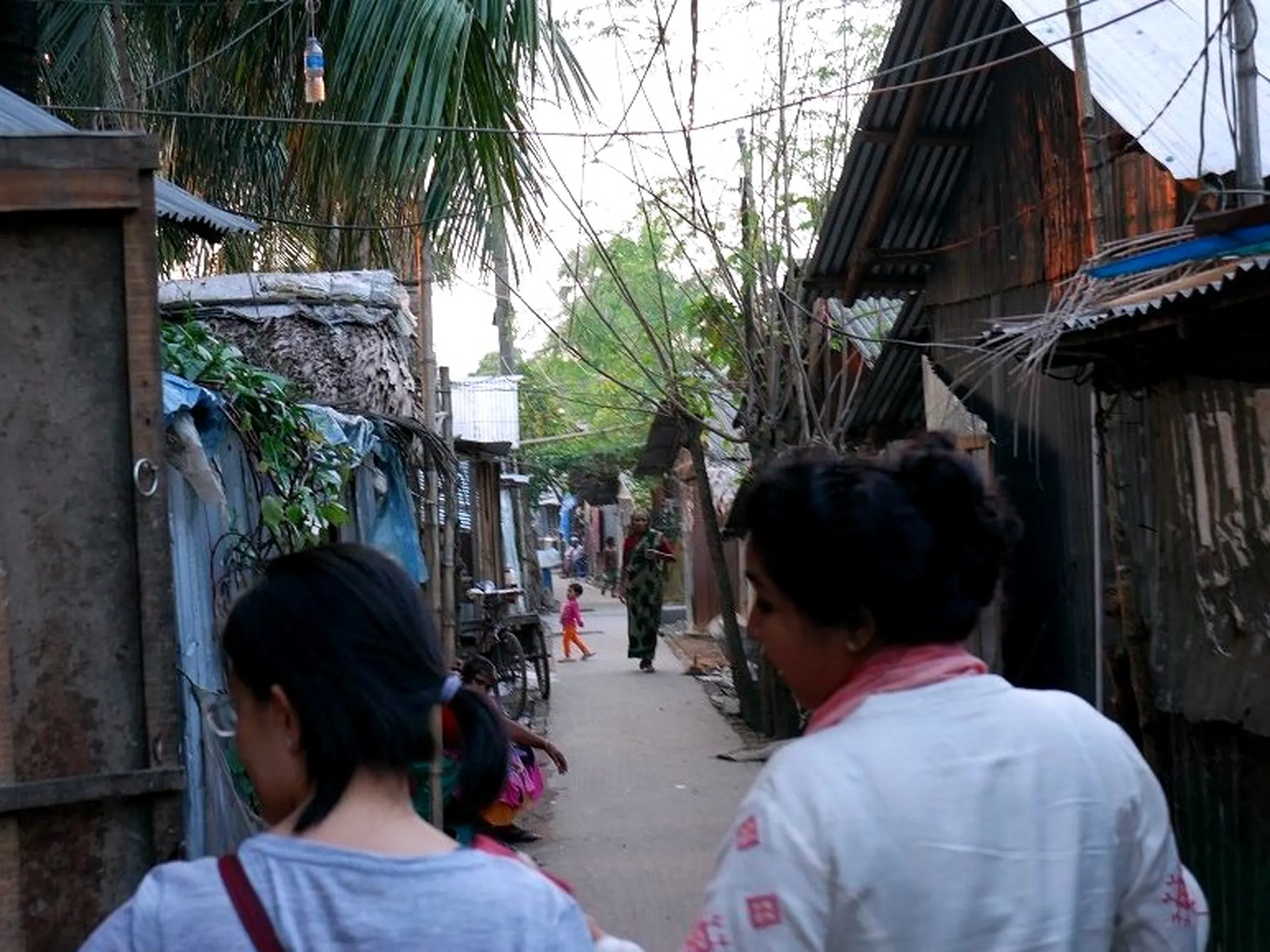City sanitation progresses amid low climate financing
Despite low climate funding for sanitation, several countries are powering through to ensure citywide access to safely managed sanitation.
)
Sanitation receives a minuscule portion of global climate finance, with most directed toward large-scale wastewater treatment and reuse projects. Shockingly, an even smaller amount addresses the challenges of faecal sludge management in non-sewered communities, constituting 67% of the world’s population.
In the recent Outcome document of the first UNFCC global stocktake (13 December 2023), sanitation was only mentioned once. While we await the translation of this commitment by world leaders into concrete action, we spotlight the continual strides in sanitation development led by city governments. These initiatives can serve as a wellspring of inspiration for forthcoming actions.
What is the link between climate change and sanitation?
Links between climate change and sanitation are increasingly recognised, particularly at national level. Too much water can cause the collapse of latrines or flooding of toilet containments (septic tanks, pit latrines) resulting in contamination of water sources. Flooding also impacts water treatment plants and causes access problems for emptying services.
Too little water affects the functionality of pour-flush toilets, people’s ability to wash decreases, open defecation may return and the task of collecting water – which falls mainly on women – becomes more arduous and time-consuming.
And it’s not just about too much or too little water – poorly managed sanitation can lead to increased greenhouse gas emissions from treatment plants or household latrines. A recent study in Kampala, Uganda showed that half of the city’s greenhouse gas emissions may be attributable to sanitation. The authors called for 'further empirical and modeling work to arrive at updated estimates of GHGs from sanitation systems globally.'
Local government leadership and data essential for sanitation improvements
Although awareness of the interplay between climate change and sanitation is growing, this understanding often lacks clarity within communities and local government.
Validating this statement is a recent study into local knowledge of climate change and its impact on sanitation in Indonesia. Saniya Niska, SNV Water Sector Leader in Indonesia, noted that ‘… although people found ways to cope, e.g., sandbagging toilet doors to prevent latrine flooding or saving water in times of shortage, they seemed unaware that extreme weather events will increase in severity and frequency.’
National governments set goals for climate change and sanitation, but it falls on local leaders to translate these into implementable programmes. Sorely missing is an emphasis on data gathering and analysis, crucial for developing climate-resilient sanitation criteria and technologies. And, a two-way flow of data and discussion is needed if new technologies and approaches to sanitation are to become embedded in communities. Data gathered from locally led programmes can contribute to the establishment of policy, guidelines, and targets.
To illustrate, insights from an SNV study in Indonesia enhanced local governments’ understanding of the critical need for zonation data of flood-prone areas and sanitation technology. This was complemented by an initiative to train masons in Bandar Lampung City to build flood-prone containments.
In Bangladesh, data on containment types and location drawn from SNV’s Geographic Information System (GIS)-based mapping of sanitation in several cities has been integrated into several municipal databases. This has, for example, enhanced the management of municipal services, accountability reporting, and improved decision-making and planning for long-term investments.

In Bangladesh, several municipalities now have access to GIS-based data that gives them early intel to plan better for desludging services. Photographed above is a narrow alley that cannot be accessed by a regular vacuum truck.
Local governments find ways to finance sanitation services
While sanitation continues to struggle for attention globally, local government leaders and partners are finding ways to encourage greater demand for and access to safely managed sanitation.
In Kabwe, Zambia, a containment emptying service arrangement spearheaded by the Lukanga Water Supply and Sanitation Company has made it possible for registered customers to pay monthly instalments for the services. The arrangement increased consumer awareness and demand for services and ensured a steady flow of income facilitating the utility’s operations and maintenance, and the formalisation of manual workers and their access to a regular monthly income.
A similar approach to scheduled desludging has seen success in Indonesia. Known as ARSETI, one of the service payment options in this women-led programme in Metro City is helping reduce plastic pollution.
Behaviour change drives change
Local authorities must drive change from the top, but it’s the creation of demand – as illustrated above – and the embedding of new community behaviours that will lead to a successful transition to new sanitation systems.
Mazingira Safi Maisha Bora, an urban sanitation campaign launched in Tanzania was pivotal in educating communities and public officials about proper sanitation practices, paving the way for demand and infrastructure development. The campaign further espoused a more positive opinion about manual emptiers, shifting public officials’ perceptions of manual emptiers and the profession.
Following a series of skills-building and training exercises, emptiers of Zambia’s Twikatane Environmental Services gained the capacity to co-develop a communications plan to help dispel myths about the profession. In this year’s AfricaSan event, manual emptier representatives from Tanzania and Zambia engaged with the international community, contributing to strategic planning and goal setting.
In Nepal, a landowner allowing the use of their land for trenching – a temporary but safe nature-based dumping ground for faecal sludge – served as a compelling example for others to follow. Seeing the increased fertility of the first landowner’s soil and their abundant yield of mangoes, it did not take much convincing for the second landowner to offer up their land as the second trenching site.

In the future, when soil productivity improves, there are plans to develop a plantation.
Kishore Kumar Chaudhary, Landowner of second site
Many local governments and partners are doing their best efforts to ensure that city residents can access their water and sanitation rights. In doing so, they help strengthen the climate resilience of communities. But for these initiatives to truly transform lives, local leadership and individual stewardship cannot do it alone. Collective efforts and leadership at all levels are needed to instigate crucial changes in the domains of, for example, data gathering and research, global/national financing, and behaviour change.
Local governments drive change
In this video series, we shine a spotlight on the impactful leadership displayed by our local government partners in Indonesia, Nepal, Tanzania, and Zambia. Already playing a pivotal role in achieving their SDG 6 targets, their efforts are also helping fortify community climate resilience.

